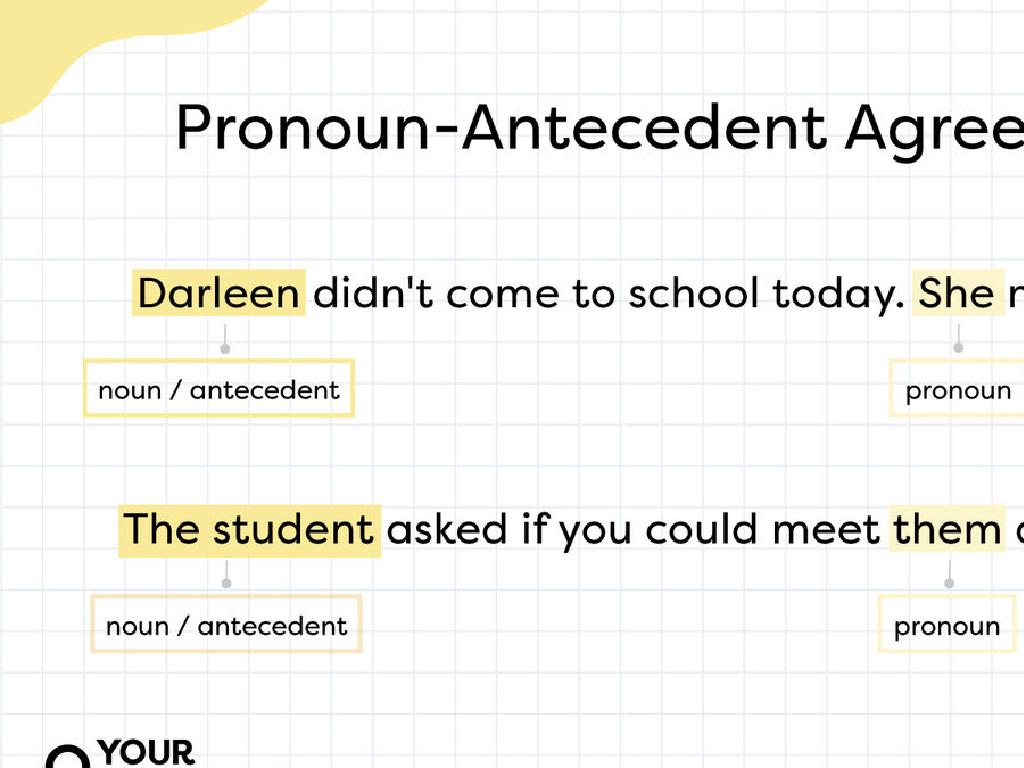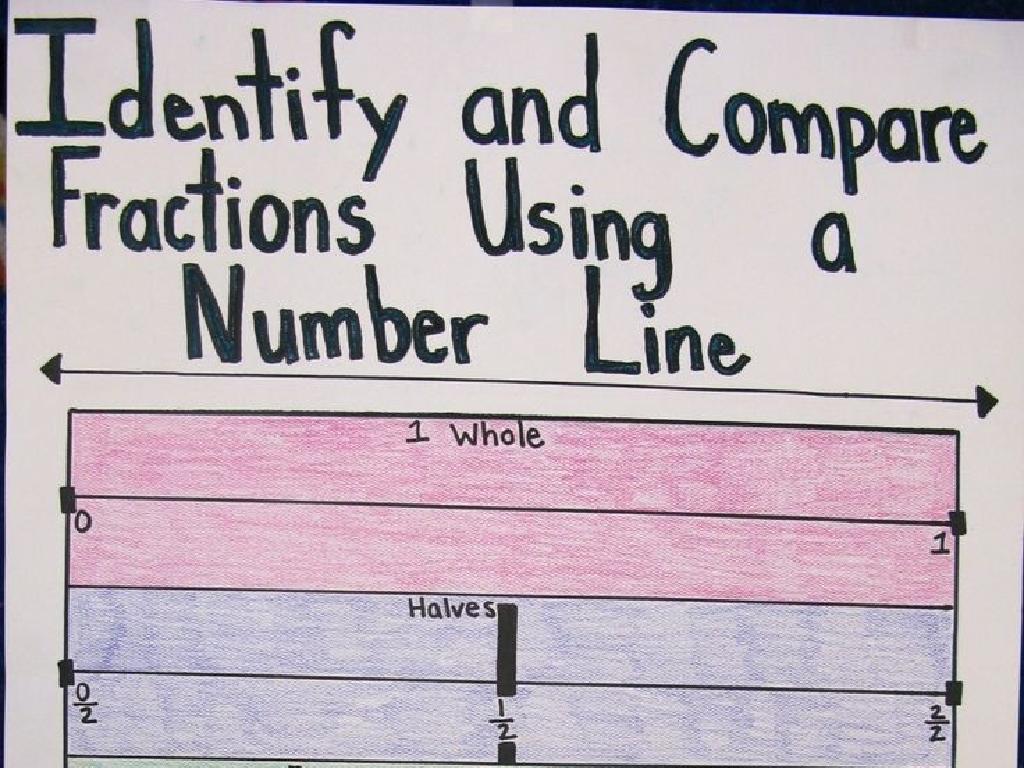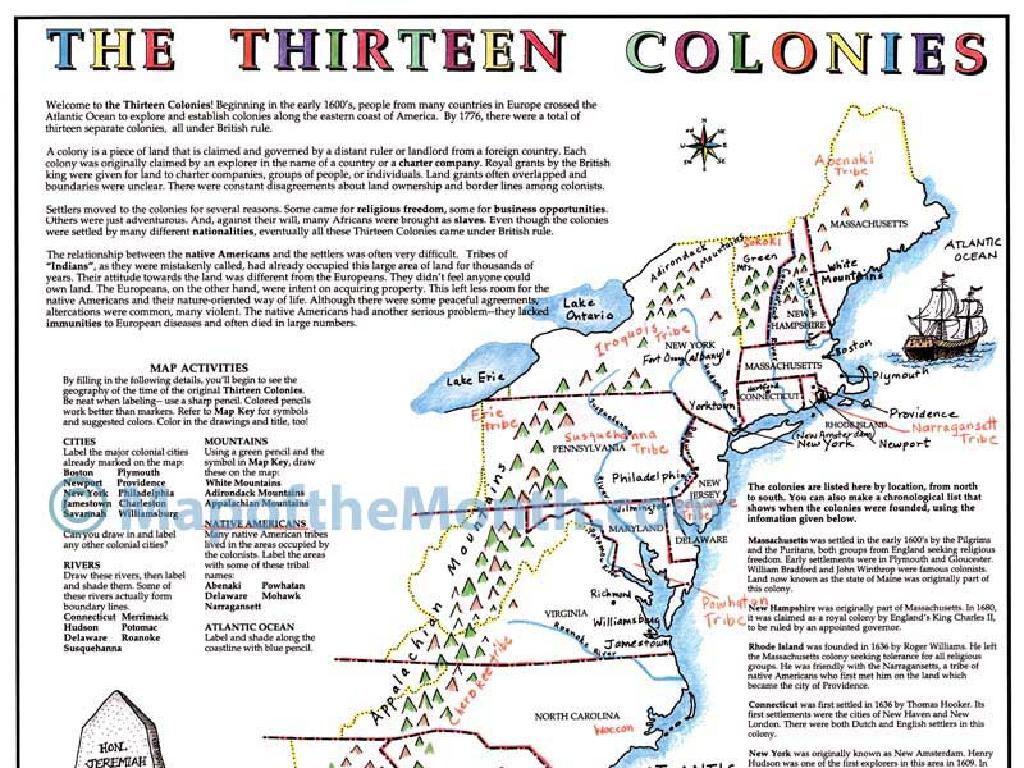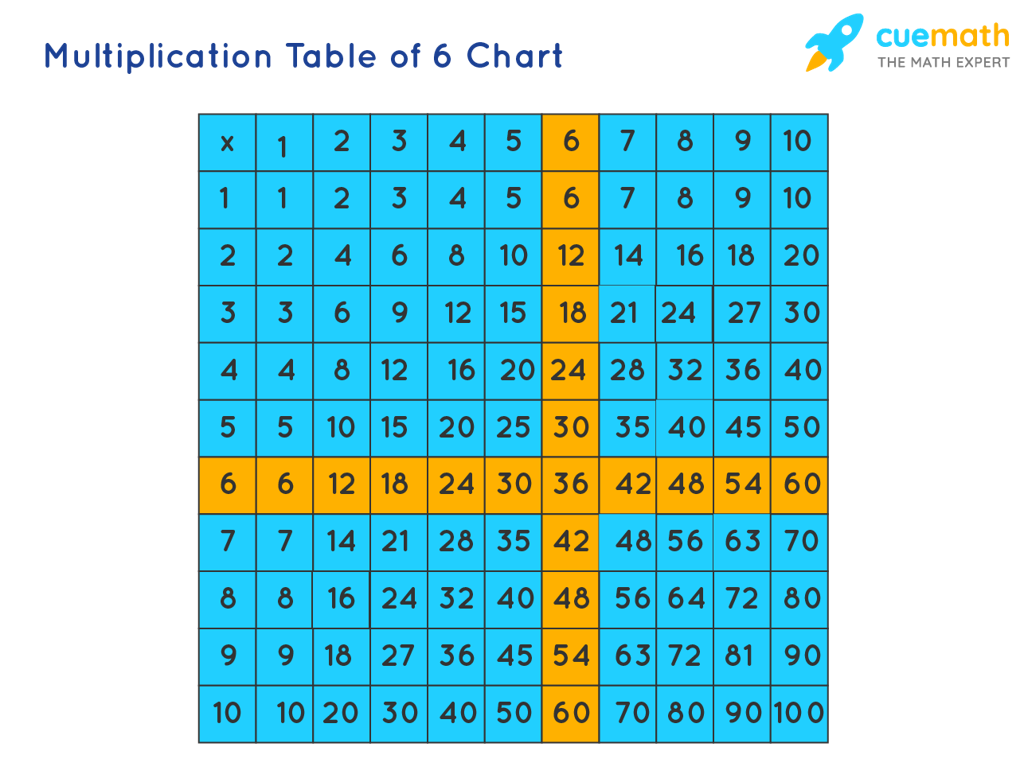Convert Mixed Customary Units
Subject: Math
Grade: Fifth grade
Topic: Customary Units Of Measurement
Please LOG IN to download the presentation. Access is available to registered users only.
View More Content
Understanding Customary Units of Measurement
– Explore measurement methods
– Learn about Customary Units
– Units like inches, feet, yards, miles, ounces, pounds, gallons
– Conversion is crucial
– Knowing conversions helps in everyday life, like cooking or measuring distance
– Practice with real examples
– Use examples like converting recipes or measuring for a school project
|
This slide introduces students to the concept of measurement and its importance in everyday life. Customary Units are the standard units of measurement used in the United States for length, weight, and volume. Understanding and being able to convert between these units is a vital skill for practical tasks such as cooking, where recipes may require different units, or for measuring distances and materials for projects. Encourage students to think of situations where they have encountered these units. Provide practice problems where students convert between inches to feet, ounces to pounds, or gallons to quarts, to solidify their understanding.
Review of Basic Customary Units
– Recap customary units of measure
– Units like inches, feet, and yards measure length.
– Understand inches, feet, yards
– For example, 12 inches make 1 foot, 3 feet make 1 yard.
– Learn ounces and pounds
– Ounces measure weight, with 16 ounces in 1 pound.
– Class participation for examples
– Can you think of other examples using these units?
|
Begin with a quick review of the basic customary units to ensure students remember what each unit measures. Use familiar examples to illustrate the conversions between inches, feet, and yards, as well as ounces and pounds. Encourage students to actively participate by asking them to provide additional examples of these units in use. This will help reinforce their understanding and prepare them for more complex conversions. Possible activities could include measuring classroom objects to practice length conversions or weighing items to understand ounces and pounds.
Understanding Mixed Units
– What are mixed units?
– Combining different units, like feet and inches.
– Purpose of mixed units
– For more precise measurements.
– Real-life examples
– Measuring height: 5 feet 2 inches, cooking: 1 cup 2 tablespoons.
– Practice with mixed units
|
This slide introduces the concept of mixed units, which is when two different units are combined to provide a more precise measurement. It’s important for students to understand that mixed units are used in everyday life, such as when measuring a person’s height or following a recipe. Provide examples that are relatable to the students, such as using feet and inches to measure height or cups and tablespoons in cooking. Encourage students to think of other examples where mixed units might be used. After discussing the concept and examples, engage the students in practice problems where they convert and use mixed units to solidify their understanding.
Converting Mixed Customary Units
– Convert larger to smaller units
– Like changing 1 foot to 12 inches
– Use multiplication for conversion
– Multiply 3 feet by 12 to get inches
– Add smaller units for final answer
– If you have 3 feet 4 inches, add 4 to 36
– Practice with real examples
– Convert 2 yards 1 foot into inches
|
This slide introduces the concept of converting mixed customary units, such as feet and inches or gallons and quarts. Start by explaining that larger units can be converted into smaller units by multiplication. For example, 1 foot can be converted into 12 inches. When converting, it’s important to multiply the larger unit by its equivalent number of smaller units. After converting, add any additional smaller units to find the final mixed unit. Provide students with practice problems, such as converting 2 yards and 1 foot into inches, to apply what they’ve learned. Encourage students to work through the problems step by step and check their work.
Converting Mixed Customary Units: Practice
– Convert yards and feet to feet
– 3 yards 2 feet = (3 * 3) + 2 feet
– Convert pounds and ounces to ounces
– 7 pounds 8 ounces = (7 * 16) + 8 ounces
|
This slide is designed for a practice activity where students will apply their knowledge of converting mixed customary units. Start by reminding students that there are 3 feet in a yard and 16 ounces in a pound. Work through the first example by multiplying the number of yards by 3 to convert to feet, then add the remaining feet. For the second example, multiply the number of pounds by 16 to convert to ounces, then add the remaining ounces. Encourage students to solve these problems on their own first, then review the solutions as a class. Provide additional similar problems for students to practice and ensure they understand the conversion process before moving on to more complex problems.
Group Activity: Measurement Conversion
– Break into small groups
– Measure classroom items
– Use rulers for length, scales for weight, cups for volume
– Record measurements in mixed units
– Write down the mixed units (e.g., 1 ft 3 in, 2 lbs 8 oz)
– Convert to the smallest unit
– Change to just inches, ounces, or fluid ounces
|
This group activity is designed to provide hands-on experience with measuring and converting customary units. Divide the class into small groups and distribute rulers, scales, and measuring cups to each. Assign different items around the classroom for each group to measure. They should record their findings in mixed units, such as feet and inches for length, pounds and ounces for weight, and cups and fluid ounces for volume. After recording, guide them to convert all measurements to the smallest possible unit (inches, ounces, fluid ounces). This will help them understand the relationship between different units and the process of conversion. Possible variations for different groups could include measuring the same items with different tools, measuring different items, or using different starting units for conversion.
Class Activity: Chef for a Day
– Create a simple recipe
– Use three ingredients with mixed units
– e.g., 1 cup 2 tablespoons flour, 1/2 cup 1 teaspoon sugar
– Convert measurements to smallest unit
– Convert cups to tablespoons, teaspoons to milliliters
– Share your recipe with the class
|
This activity encourages students to apply their knowledge of converting mixed customary units by creating a simple recipe. Provide examples of mixed units like cups and tablespoons for volume, and pounds and ounces for weight. Guide them on how to convert all measurements to the smallest unit (e.g., all to teaspoons or milliliters). This will help reinforce their understanding of the relationship between different units. After they’ve created their recipes, have them share with the class to practice their presentation skills and to learn from each other’s conversions. Possible activities: 1) Students can pair up to compare recipes and check each other’s conversions. 2) Create a class cookbook with all the recipes converted correctly. 3) Have a ‘measurement conversion’ relay race where students quickly convert units. 4) Use real kitchen tools to demonstrate conversions. 5) Have a discussion on why precise measurements are important in cooking.
Conclusion & Homework: Mastering Unit Conversion
– Review today’s key concepts
– Homework: 10 unit conversions
– Convert mixed units like 3 ft 4 in to inches
– Study for the upcoming quiz
– Quiz will cover all types of customary units
– Practice makes perfect
|
As we wrap up today’s lesson on converting mixed customary units, it’s important for students to reinforce what they’ve learned through practice. The homework assignment involves converting 10 different mixed units to single units, which will help solidify their understanding of the conversion process. Encourage students to review their notes and practice additional problems to prepare for the quiz on customary units in the next class. Remind them that consistent practice is key to mastering math concepts. Provide some example conversions during the review to ensure students are clear on the process.






